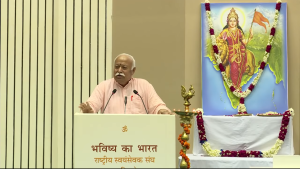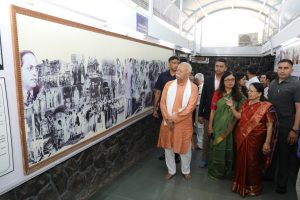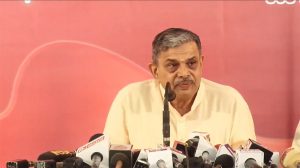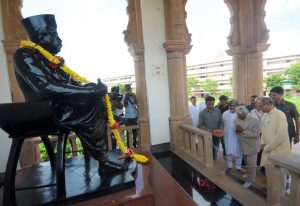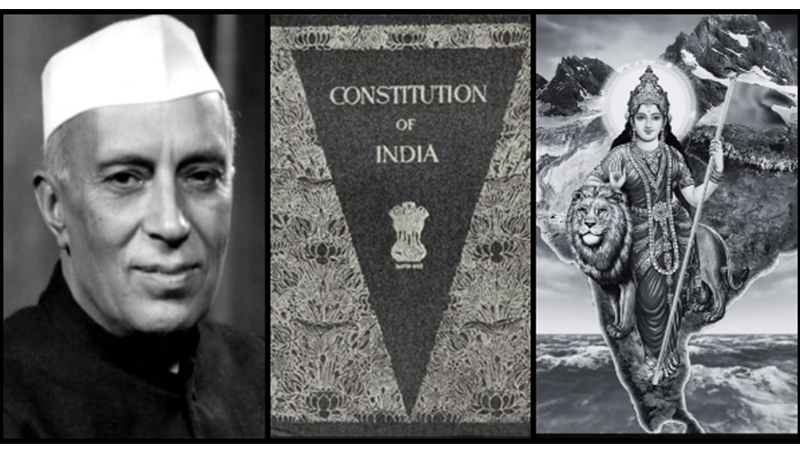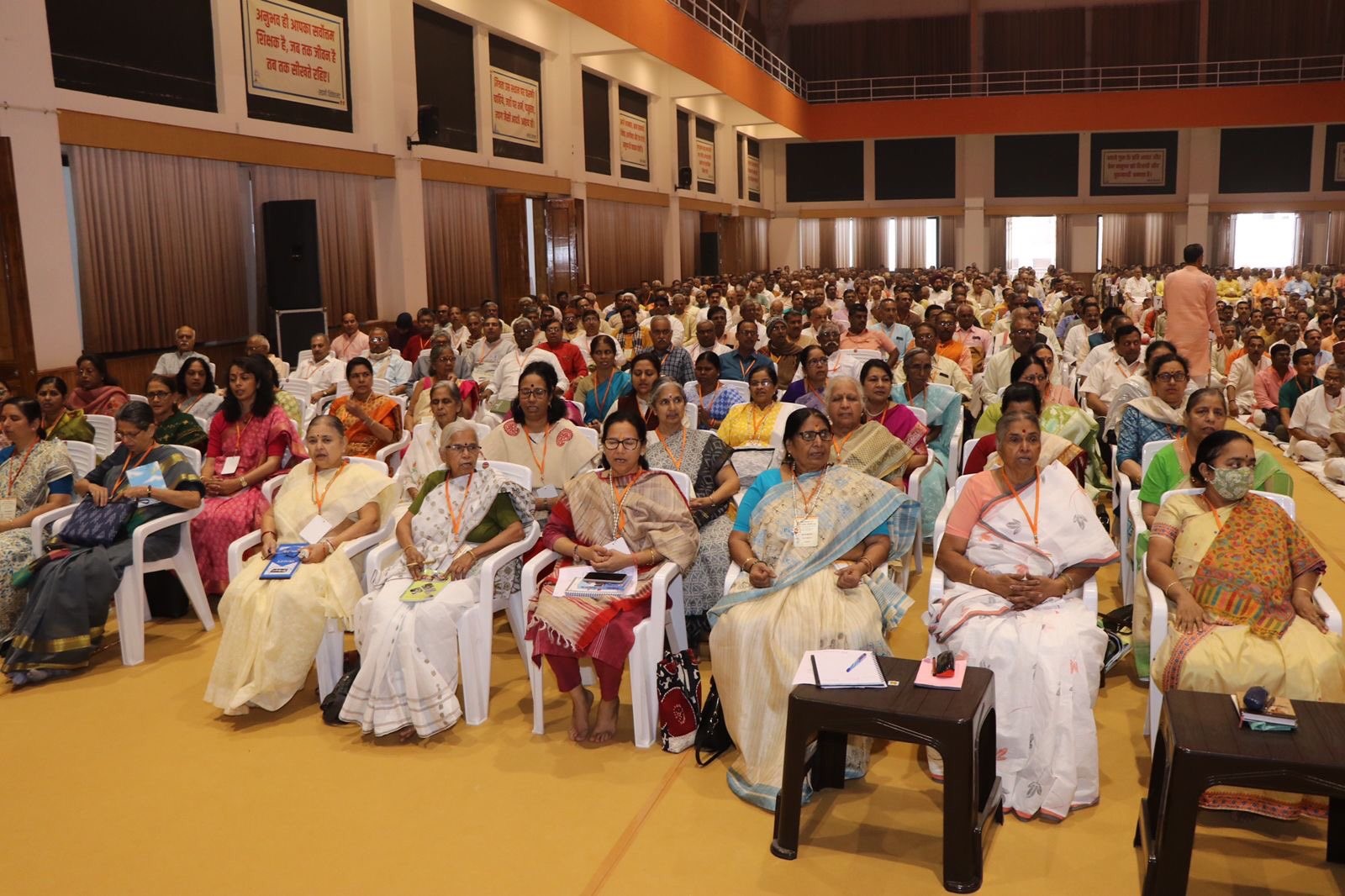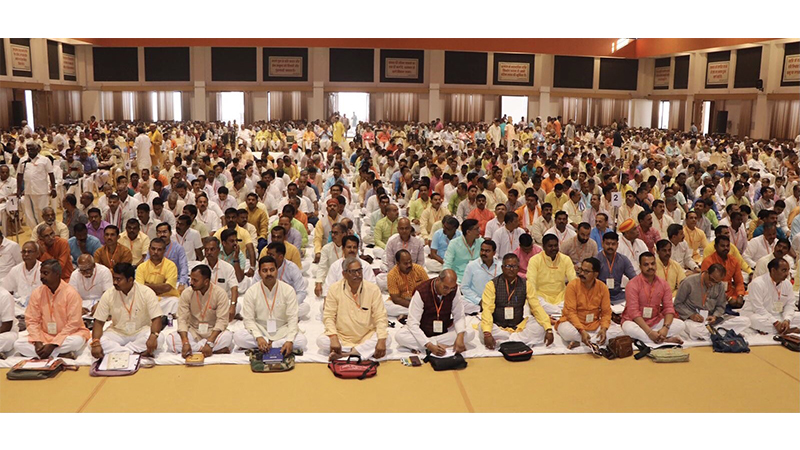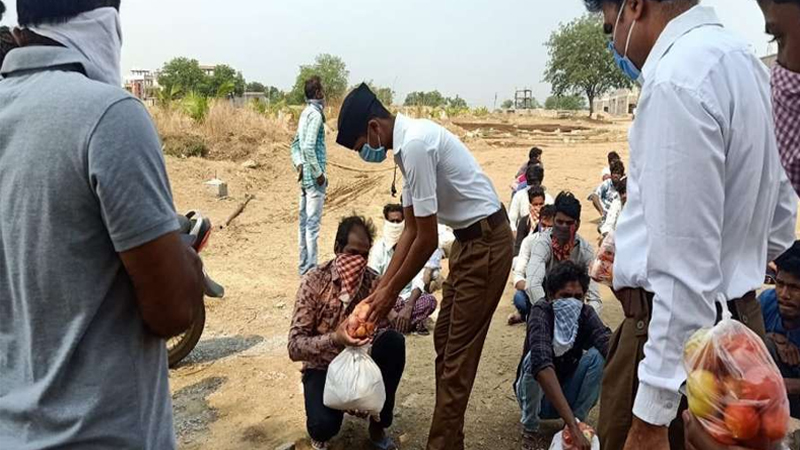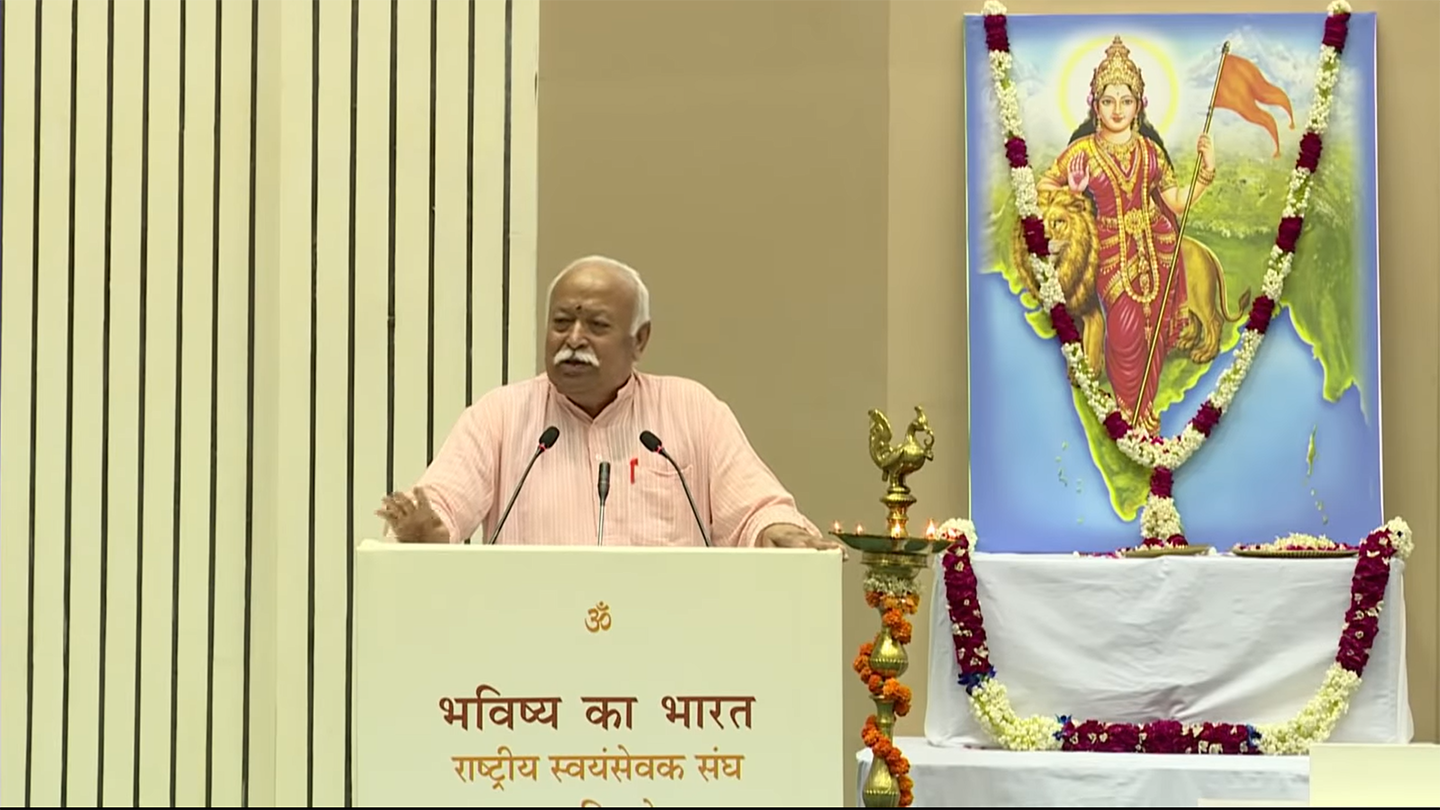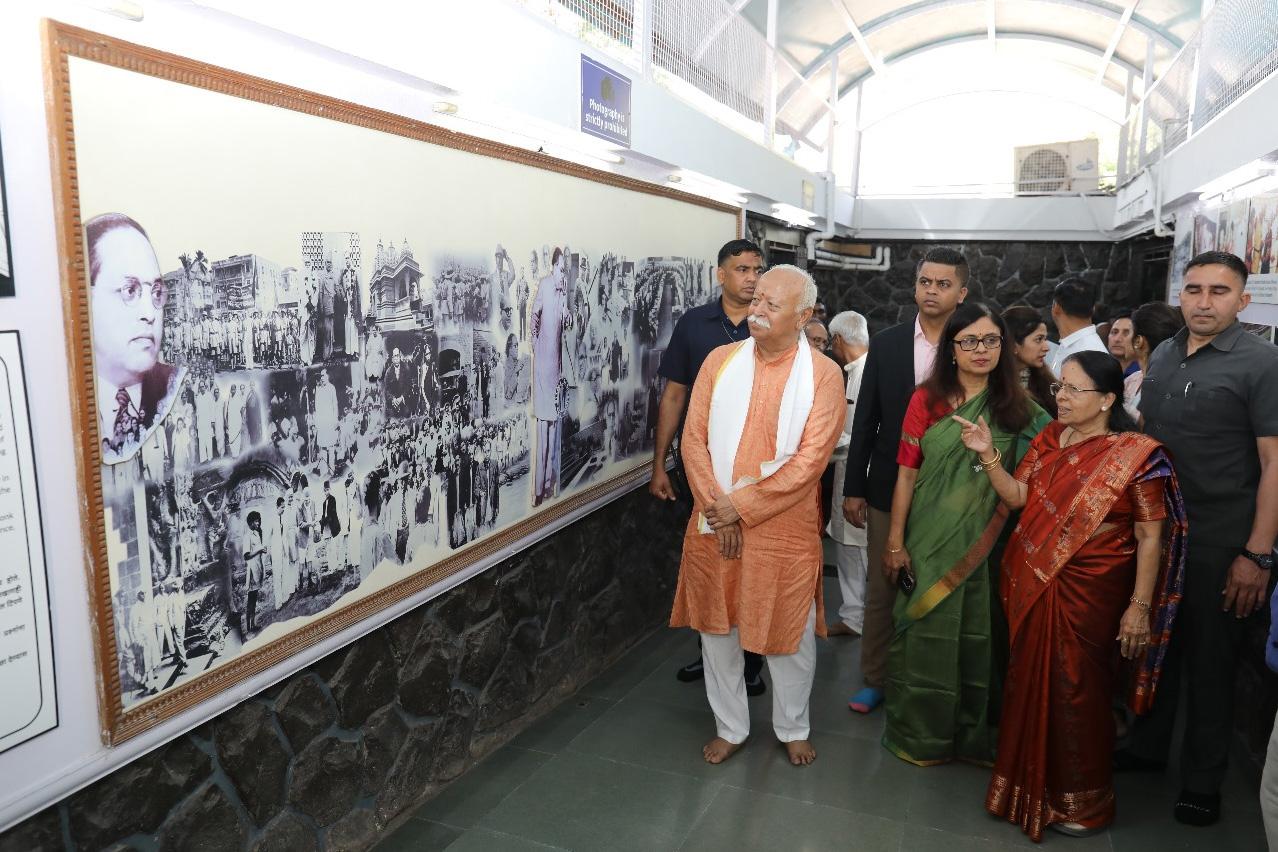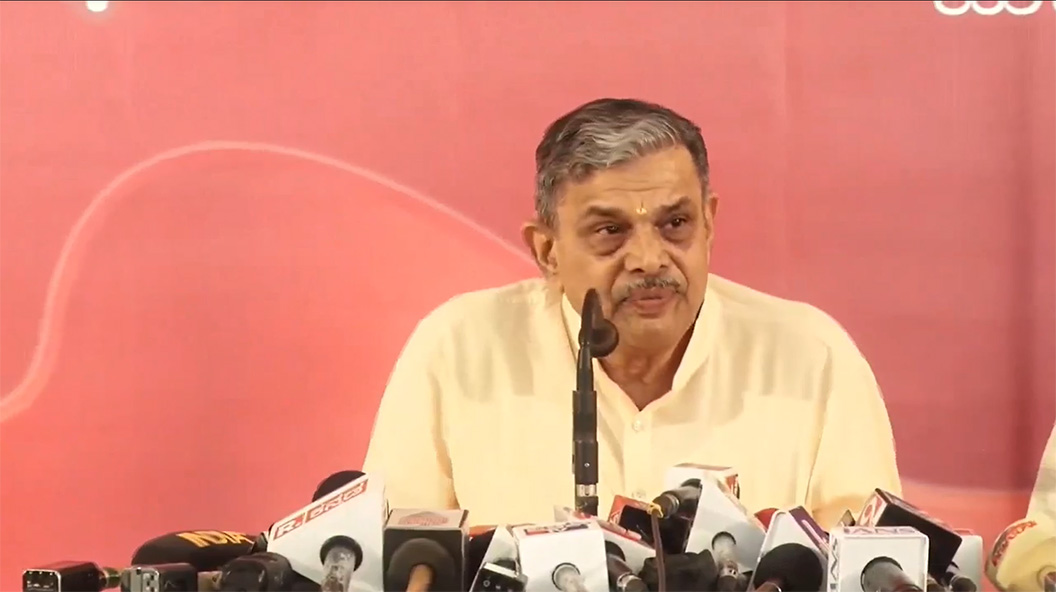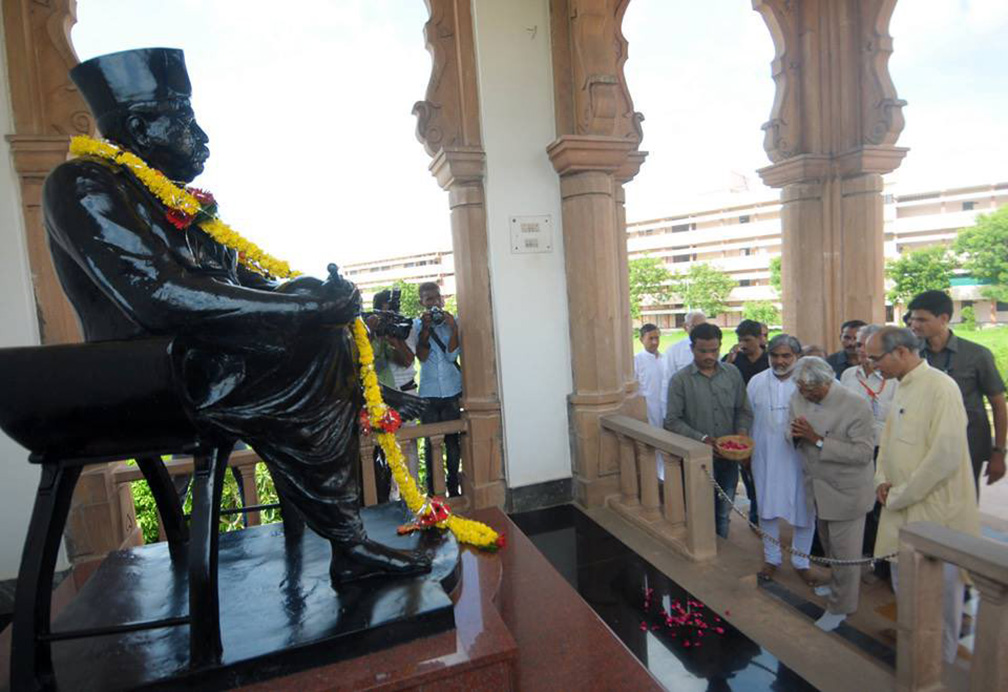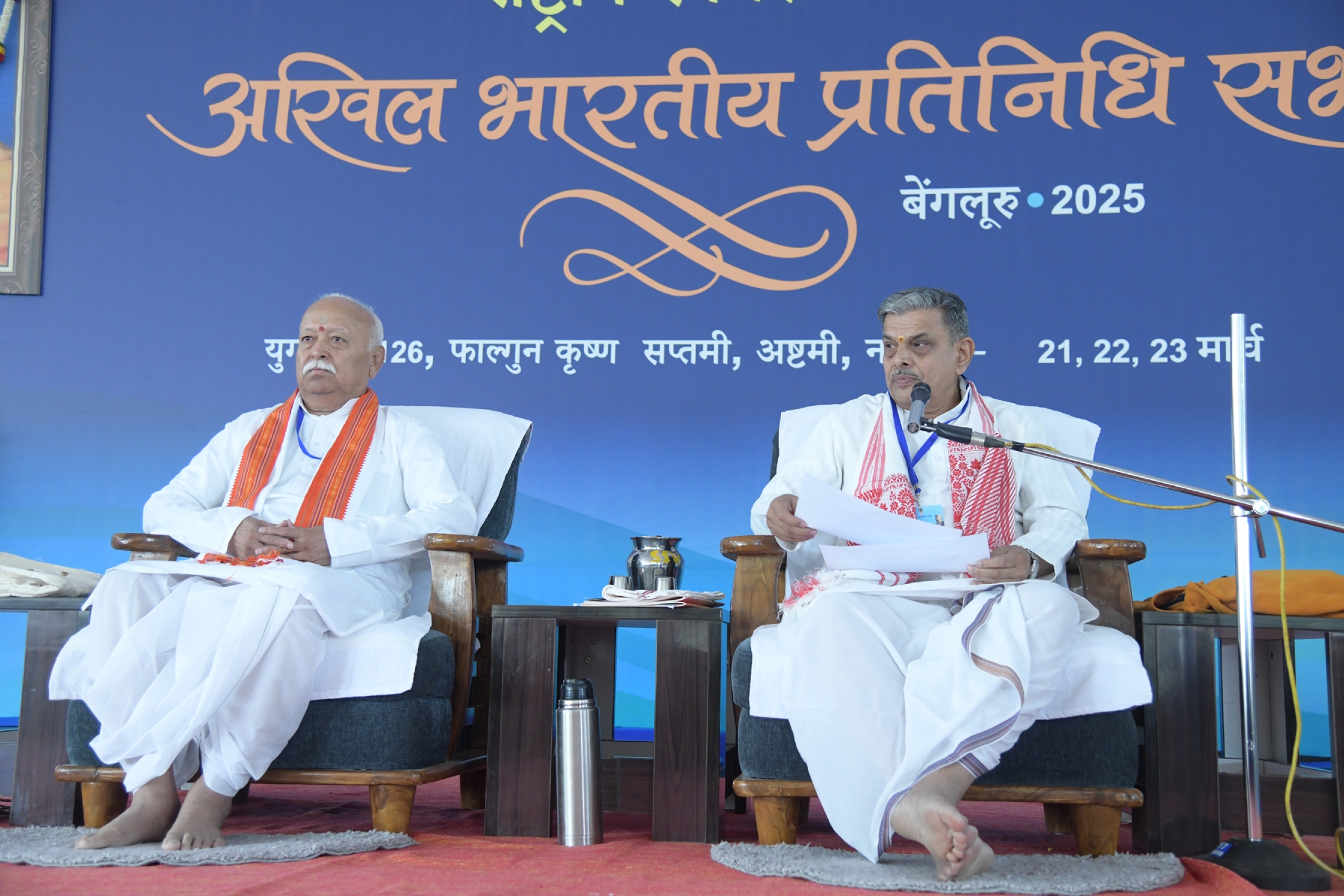How women inspired by RSS built their own pan India organisation
Updated: September 19, 2023 14:21
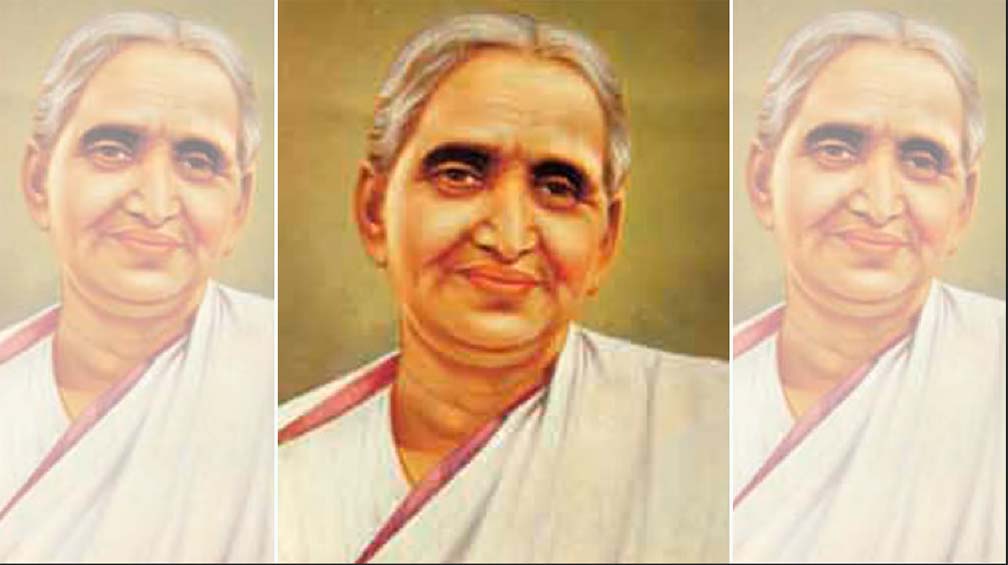
The Rashtriya Swayamsevak Sangh (RSS), arguably, the largest voluntary organisation in the world has often been targeted by its detractors on the issue of RSS’ worldview about women.
Contrary to the stereotypes nurtured by its critics since its inception, the Sangh is not a patriarchal organisation. In fact it has inspired an all women organisation called Rashtra Sevika Samiti (RSS) which has its own full time workers, daily shakhas and various other activities across the country around two dozen countries around the world.
The structure of the organisation is quite similar to the RSS. However, its activities are different. During the course of time, it has developed its own methodology to engage with women.
Just as the Sangh has full time workers known as Pracharaks, Samiti also has ‘Pracharikas (full time women workers)’ . There are short time full time workers also which work for Samiti for a period of two years.
Samiti also has a uniform just like the Sangh has a uniform. The Samiti also holds training camps for its cadres. There are mainly three camps- first-year, second-year and third-year. The duration is of around 15 weeks. These camps are held annually in the month of May and June.
According to Samiti’s official records, every year more than 10,000 women attend these camps at different places. The first training camp was held in 1939, three years after the Samiti was set up.
The 80th year celebrations of Samiti were held in 2016. The training camp held on this occasion was attended by 3000 sevikas(volunteers who are part of Rashtra Sevika Samiti). In 2005, during the centenary celebrations, a similar training camp was held which was attended by 10,000 Sevikas.
The work of Sevika Samiti has reached every sub-division in the country. It has around 5000 shakhas across the nation. It runs around 900 welfare projects. Its headquarter is in Dhantoli, Nagpur (Maharashtra), commonly known as Ahilya Mandir.
According to Samiti’s official records, “Shakha is a regular gathering of members for one hour where they practice yoga, play games, sing nationalist/patriotic songs, discussions/lectures on nationalistic topics. Rashtra Sevika Samiti focuses on Hindu women’s role in the society as leaders and agents of positive social reform. Samiti teaches its members three ideals:
Matrutva (Universal Motherhood), Kartrutva (Efficiency and Social Activism), Netrutva (Leadership).
The growth of Rashtra Sevika Samiti is almost synonymous with the life journey of its founder Lakshmi Bai Kelkar( also known as ‘Mausi’ ji).
Widowed at the young age of 27, she was mother of a small girl and often got worried about where to educate her daughter. She was so committed to this cause that she decided to set up a school for educating girls. The school, named, Kesarimal Kanya Vidyalaya is still functional.
She went to meet Dr KB Hedgewar in 1930s who had founded Rashtriya Swayamsevak Sangh in 1925. She had several rounds of discussions with him after which she founded Rashtra Sevika Samiti in 1936. Born on 6 July, 1905, she was only 31 when she founded this organisation and dedicated herself to build a nationwide organisational network. As first head of the organisation, she was called ‘Pramukh Sanchalika’. From 1936 to 1978, she remained Pramukh Sanchalika till he passed away.
At present Shanta Kumari heads the organisation as Pramukh Sanchalika while Sita Gayatri is Pramukh Karyavahika (General Secrtary). Shanta Kumari is postgraduate in Mathematics and has an M.Ed degree also. She worked as a teacher in Bharateeya Vidya Bhawan in Bengaluru before taking voluntary retirement to in 1995 to devote herself full time for the organisational work. She is based in Nagpur now.
Sunil Ambekar, Akhil Bharatiya Prachar Pramukh(All India chief of Media relations wings) of Sangh says in his seminal work ‘The RSS Roadmaps for 21st Century’(Rupa Publications, 2019), “The fact that during an age of rampant social conservatism riddled with normative assumptions, Doctorji(Dr Hedgewar) was a firm believer in the intellectual capabilities of women, shows his open-mindedness. At that time, to hold several rounds of conversations with a widowed woman about starting a parallel women-only organisation was out of the ordinary. Doctor ji explained the Sangh’s beliefs, methods, objectives and other technical details to Mausi Kelkar. As a result, Sevika Samiti was formed after adopting the form and content of the Sangh for women.”
According to a senior functionary of Samiti, the organisation is focusing on expanding it base in adolescents and especially college students. A separate wing ‘Taruni Vibhag’ has been set up to engage with the younger girls and women. The results have been quite encouraging, according to Samiti functionary. ‘We foresee a rapid expansion in our activities amongst adolescents and the youth in days to come,” she added.
(The article was first published in The Print on March 8, 2021. It can be accessed at https://theprint.in/india/how-rss-inspired-a-young-widow-to-build-an-all-womens-organisation-across-india/617386/)
